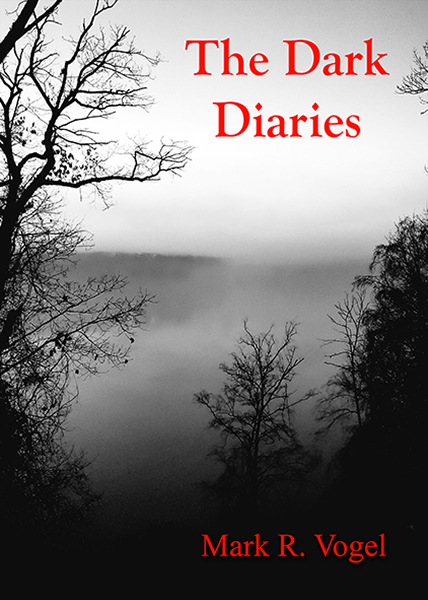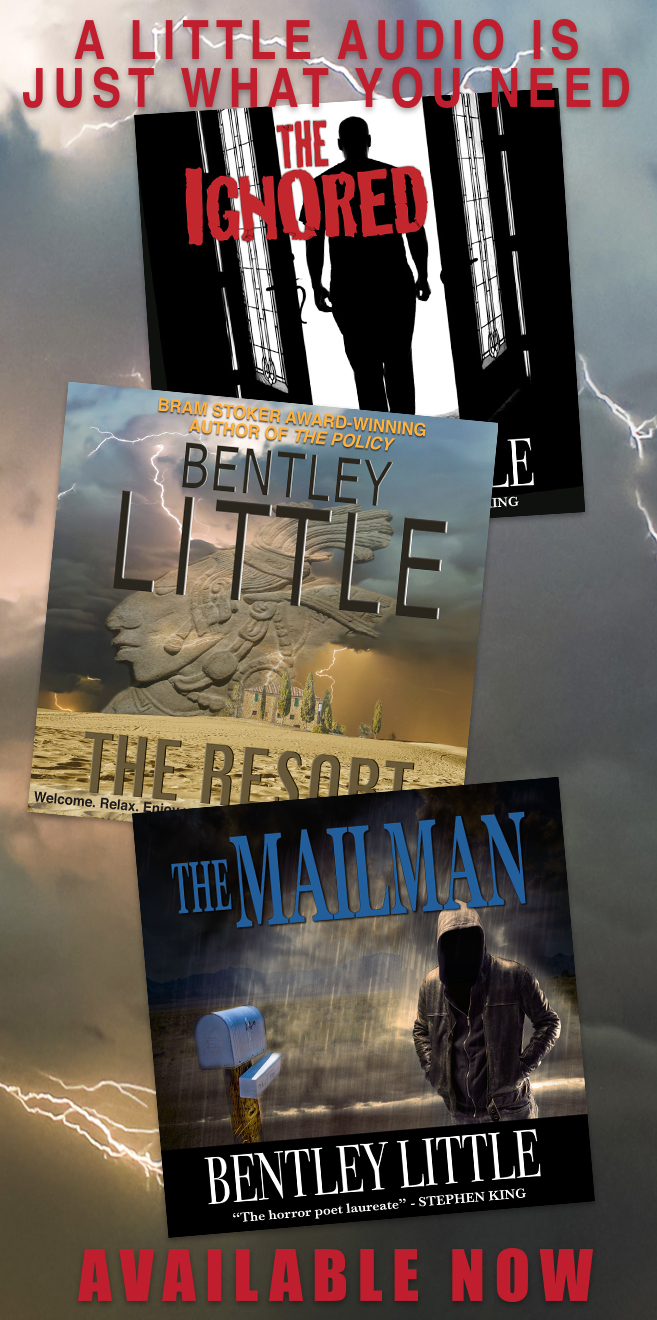Peter Jackson takes his background in horror (Braindead, Bad Taste, Meet the Feebles, Heavenly Creatures) and his experience in handling an epic narrative (Lord of the Rings) and combines them in a three-act journey that spans the narrative spectrum as he retells a timeless tale in a stylistic, if somewhat lengthy, manner which rewards the viewer several times over.
The film begins in 1933 in the bowels of the Great Depression. This is where we meet Ann Darrow (Naomi Watts, Mulholland Drive, 21 Grams), an out of work vaudeville actress who luckily or no, comes in contact with Carl Denham (Jack Black, High Fidelity), a director who has just had his film shut down midway through production because he’s gone over budget after a series of “near successes.” However, Denham isn’t taking no for an answer as he manipulates Darrow, as well as screenwriter Jack Driscoll (Adrien Brody, The Pianist), into boarding the Venture, a less-than-seaworthy vessel, on the premise they will be making a film in Singapore. However, Denham’s intentions become clear as the Venture comes upon Skull Island as everyone aboard realizes, aside from the malicious natives, dinosaurs, gargantuan bugs, and an overgrown simian, that they might not be returning home.
One of the key themes within the work which does not appear as readily or as forcefully in the original is that of ego. Jimmy (Jamie Bell), a novice young man who has recently joined the crew of the Venture, is reading Joseph Conrad’s Heart of Darkness (the novel which Francis Coppola’s Apocalypse Now is based). Having trouble understanding the work, he asks the first mate, Hayes (Evan Parke), “This isn’t an adventure story. Is it, Mr. Hayes?” For those familiar with the classic, we all know that Jackson is alluding to the predominant theme in Conrad’s masterpiece, hubris, as well as being self-referential. Aside from this, we have director Denham who, as a protégé of Melville’s Ahab, at every turn when a crew members dies–the circumstances meriting the abandonment of the production, quickly reiterates that the film must continue for the sake of the recently departed and that the proceeds are to go to the dead man’s wife and children. Also, as can be expected, the actors in Denham’s production have a preoccupation with their own reflections, best expressed in Driscoll’s terms, “Actors! They travel the world and all they see is a mirror.”
Aside from the aforementioned quibble, my only other major complaint with Jackson’s opus is that the adventure scenes on Skull Island, though engaging, run a bit overlong as their prowess begins to wane toward the end of the second act. Not to second-guess a master filmmaker, but Jackson allotted a lot of time to Skull Island, leaving himself with a disproportionate period in which to present a climax equal to what he’d created in the first two acts once brings the film back to New York.
It is impossible not to have comparisons with Merian Cooper’s original. Jackson devotes a large portion time establishing an affinity between Kong and Darrow (moreso than in John Guillermin’s 1976 version) and rightfully so because Jackson is then able to expand the film into most every form of storytelling imaginable: drama, love story, horror, adventure, thriller, and comedy. I half expected Kong to break out in song at some point in order for Jackson to check off the “Muscial” box. As such, the audience will find themselves spanning the emotional gauntlet during the duration of the production.
Jackson’s background in horror is put to ready use as he reminds us that King Kong is first and foremost a horror film involving a gigantic monster (Jackson first proposed remaking the epic in the mid ’90’s, working off his reputation as a horror director). Once we reach Skull Island, Jackson presents some of the most frightening antagonists in all of cinema, not with Kong, but with a group of natives. The atmosphere becomes reminiscent of Ridley Scott’s Alien in more than one aspect once the mammoth bugs of the island begin appearing after an barrage of Lovecraftian worm-leech hybrids are dispatched (and I, as a horror critic, squirmed at the latter).
The eerie biologies of the aforementioned creatures are second only to the breakneck pacing which echoes, coincidentally, the speed at which James Cameron’s Aliens operates (I questioned, with all of Kong’s bumbling around as he holds his mistress, whether Darrow wouldn’t get whiplash as a consequence).
Yet, throughout the movie Jackson pauses to insert bits of humor to lighten the intensity he has created before resuming where he left off. For example, as Darrow attempts to pacify the twenty-five foot silverback, Jackson has his star yawn and roll his eyes, proving to be a tough audience for the vaudevillian. As a wink-and-a-nod to the cinephiles, during the Kong/Tyrannosaurus Rex sequence, Jackson ups the ante by providing our furry hero with three antagonists instead of the Cooperian two (which isn’t handled as effectively as Cooper does in presenting Kong’s mortal blow to his final foe). Also, for anyone who has sat down to write something under a deadline, we have Driscoll holed up in the hull of the ship as he sits in an animal cage while his director anxiously paces back and forth predatorily, eager with suggestions.
Lastly, however strange a set of bedfellows they make, this horror tale is equal parts terror as it is love. After testing the stamina of his audience’s hearts, Jackson then works their diaphragms once the gentle giant is finally brought down as Darrow serves the audience an emotional cue as she beckons Denham and his crew to leave the ape alone (which is at the end of the second act, thus depriving the climax a little of its potency). Subtly, Kong’s isolation and subsequent loneliness is epitomized by a fleeting glance at a Kong-sized simian skeleton midway through the film.
Peter Jackson’s version of King Kong, as is Merian Cooper’s, is a thought-provoking work that presents a multitude of ideas which are too numerous and expansive to explicate in a humble film review, but merely introduce: hubris, animal rights, human and animal cognition, gender relations (the Empire State Phallus is even bigger in Jackson’s movie), anthropology, (social) evolution, theology, race, the nature of cinema–the list goes on. The genius of both filmmakers is in their creation of an antagonist/protagonist in the most unlikely of forms. Jackson spends quite a bit of time creating a plausible chemistry between Darrow and Kong in order to prompt the most pathos he can from his audience whereas Cooper’s vision is more succinct–we feel the same for Kong in Jackson’s version as we do in Cooper’s without having to resort to the emotional cues from Fay Wray’s character. Yet, regardless of which edition a person chooses to watch, the viewer will not be disappointed with this timeless tale which, in the hands of either master, results in pure storytelling at its greatest.
Side note: I watched my wife bat her eyes back and forth in thought after the close of the film, not having seen the original. Thus, considering my aptitude to objectively assess Jackson’s ability to provoke is somewhat skewed having seen the original and the 1976 remake, I applaud the production overall.
-Egregious Gurnow
- Interview with J.R. Bookwalter - January 22, 2015
- Interview with Andrew J. Rausch - January 22, 2015
- Interview with Rick Popko and Dan West - January 22, 2015
- Interview with Director Stevan Mena (Malevolence) - January 22, 2015
- Interview with Screenwriter Jeffery Reddick (Day of the Dead 2007) - January 22, 2015
- Teleconference interview with Mick Garris (Masters of Horror) - January 22, 2015
- A Day at the Morgue with Corri English (Unrest) - January 22, 2015
- Interview with Writer/Director Nacho Cerda (The Abandoned, Aftermath) - January 22, 2015
- Interview with Actress Thora Birch (Dark Corners, The Hole, American Beauty) - January 22, 2015
- Interview with Actor Jason Behr, Plus Skinwalkers Press Coverage - January 22, 2015


